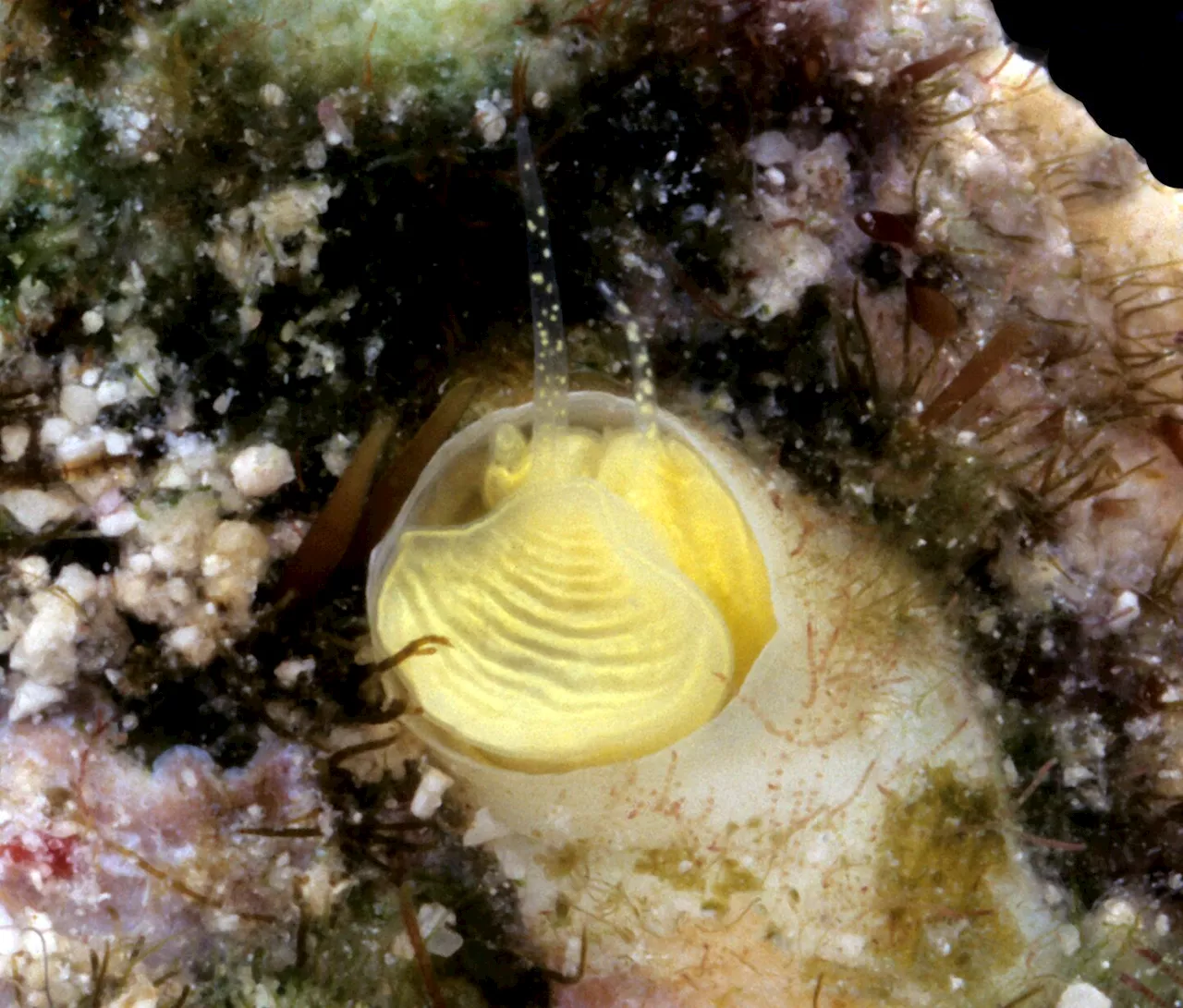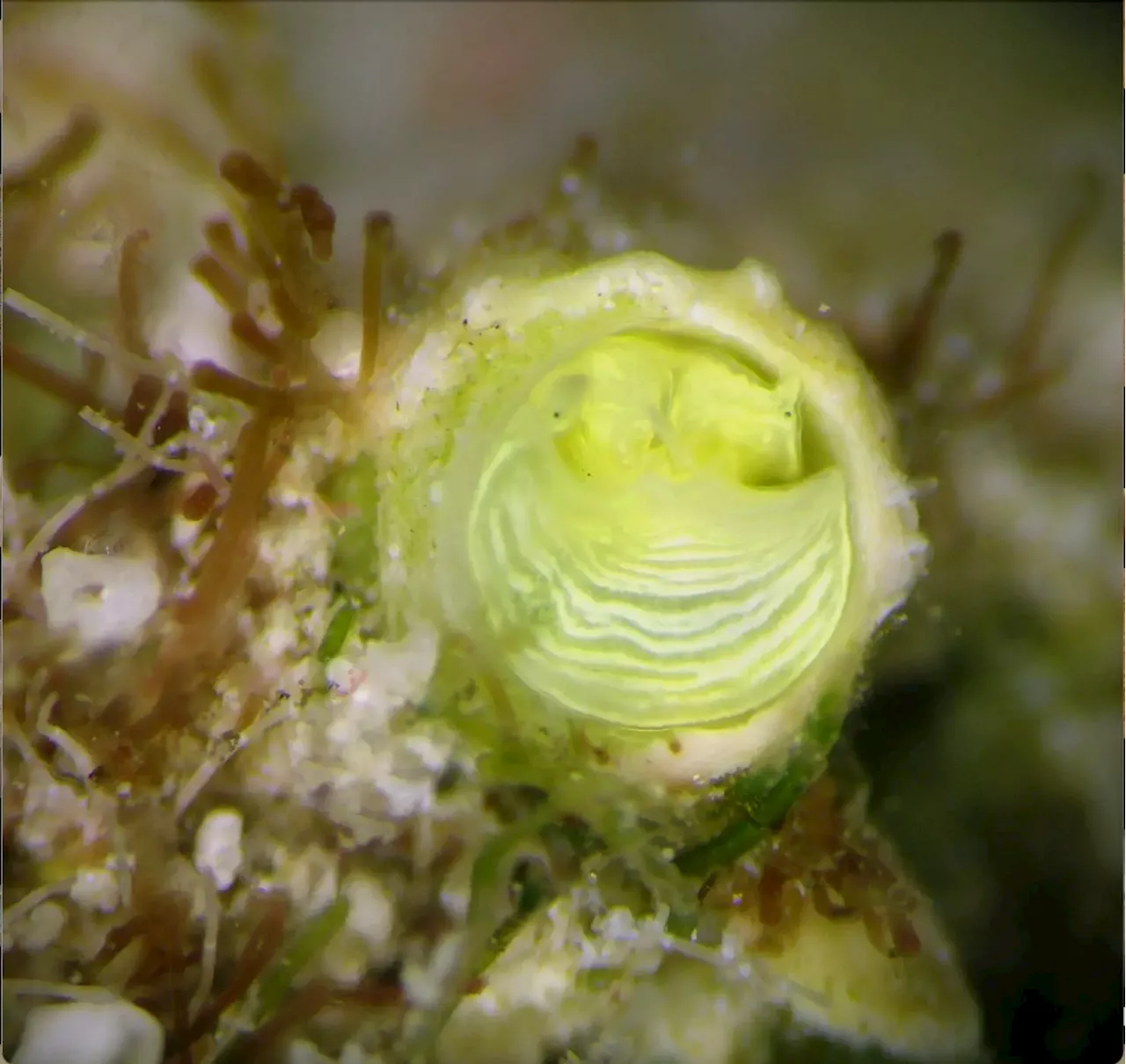Science, Space and Technology News 2023
We and our partners use cookies to Store and/or access information on a device. We and our partners use data for Personalised ads and content, ad and content measurement, audience insights and product development. An example of data being processed may be a unique identifier stored in a cookie. Some of our partners may process your data as a part of their legitimate business interest without asking for consent.
“I find them particularly cool because they are related to regular free-living snails, but when the juveniles find a suitable spot to live, they hunker down, cement their shell to the substrate, and never move again,” says Rüdiger Bieler, curator ofat the Field Museum in Chicago and the study’s lead author. “Their shell continues to grow as an irregular tube around the snail’s body, and the animal hunts by laying out a mucus web to trap plankton and bits of detritus.
“Initially, when I saw the lime-green one and the lemon-yellow one, I figured they were the same species,” says Bieler. “But when we sequenced theirLook closely: a Margarita Snail in the middle of a dead section of a large brain coral. Credit: R. Bieler Bieler says that the study is important because it helps illuminate the biodiversity of coral reefs, which are under severe threat due to climate change. “There have been increases in global water temperatures, and some species can handle them much better than others,” says Bieler. Thesnails have a tendency to live on pieces of dead coral, and as more coral is killed off, the snails might spread.
United States Latest News, United States Headlines
Similar News:You can also read news stories similar to this one that we have collected from other news sources.
 Newly-discovered 'margarita snails' from the Florida KeysThe 'Margaritaville' in Jimmy Buffett's famous song isn't a real place, but it's long been associated with the Florida Keys. This string of tropical islands is home to the only living coral barrier reef in the continental US, along with many animals found nowhere else in the world. One of them is a newly-discovered, bright yellow snail, named in honor of Margaritaville. The lemon- (or, key-lime-) colored snail, along with its lime-green cousin from Belize, is the subject of a study published in
Newly-discovered 'margarita snails' from the Florida KeysThe 'Margaritaville' in Jimmy Buffett's famous song isn't a real place, but it's long been associated with the Florida Keys. This string of tropical islands is home to the only living coral barrier reef in the continental US, along with many animals found nowhere else in the world. One of them is a newly-discovered, bright yellow snail, named in honor of Margaritaville. The lemon- (or, key-lime-) colored snail, along with its lime-green cousin from Belize, is the subject of a study published in
Read more »
 Newly-discovered 'margarita snails' from the Florida Keys are bright lemon-yellowA newly-discovered, bright yellow snail has been discovered in the Florida Keys and named in honor of Jimmy Buffet's song 'Margaritaville.' The lemon-colored marine snail, along with its lime-green cousin from Belize, is the subject of a recent study ; researchers think these snails' bright colors might help deter predators.
Newly-discovered 'margarita snails' from the Florida Keys are bright lemon-yellowA newly-discovered, bright yellow snail has been discovered in the Florida Keys and named in honor of Jimmy Buffet's song 'Margaritaville.' The lemon-colored marine snail, along with its lime-green cousin from Belize, is the subject of a recent study ; researchers think these snails' bright colors might help deter predators.
Read more »
 Not Built by Homo sapiens – Scientists Discover “Extraordinary” 476,000-Year-Old Wooden StructureScience, Space and Technology News 2023
Not Built by Homo sapiens – Scientists Discover “Extraordinary” 476,000-Year-Old Wooden StructureScience, Space and Technology News 2023
Read more »
 Unexpected Invader – Scientists Discover Microplastics in Human Heart TissuesScience, Space and Technology News 2023
Unexpected Invader – Scientists Discover Microplastics in Human Heart TissuesScience, Space and Technology News 2023
Read more »
 Scientists discover ghost of ancient mega-plate that disappeared 20 million years agoStephanie Pappas is a contributing writer for Live Science, covering topics ranging from geoscience to archaeology to the human brain and behavior. She was previously a senior writer for Live Science but is now a freelancer based in Denver, Colorado, and regularly contributes to Scientific American and The Monitor, the monthly magazine of the American Psychological Association. Stephanie received a bachelor's degree in psychology from the University of South Carolina and a graduate certificate i
Scientists discover ghost of ancient mega-plate that disappeared 20 million years agoStephanie Pappas is a contributing writer for Live Science, covering topics ranging from geoscience to archaeology to the human brain and behavior. She was previously a senior writer for Live Science but is now a freelancer based in Denver, Colorado, and regularly contributes to Scientific American and The Monitor, the monthly magazine of the American Psychological Association. Stephanie received a bachelor's degree in psychology from the University of South Carolina and a graduate certificate i
Read more »
 Scientists discover 'flipping' layers in heterostructures cause changes in their propertiesTransition metal dichalcogenide (TMD) semiconductors are special materials that have long fascinated researchers with their unique properties. For one, they are flat, one-atom-thick two-dimensional (2D) materials similar to that of graphene. They are compounds that contain different combinations of the transition metal group (e.g., molybdenum, tungsten) and chalcogen elements (e.g., sulfur, selenium, tellurium).
Scientists discover 'flipping' layers in heterostructures cause changes in their propertiesTransition metal dichalcogenide (TMD) semiconductors are special materials that have long fascinated researchers with their unique properties. For one, they are flat, one-atom-thick two-dimensional (2D) materials similar to that of graphene. They are compounds that contain different combinations of the transition metal group (e.g., molybdenum, tungsten) and chalcogen elements (e.g., sulfur, selenium, tellurium).
Read more »
